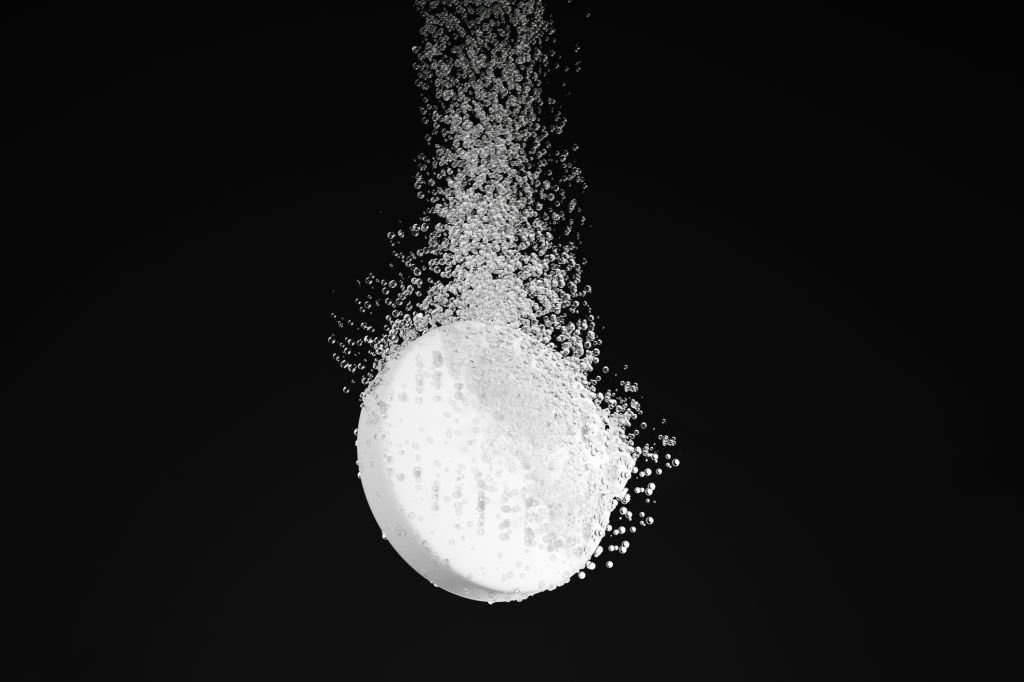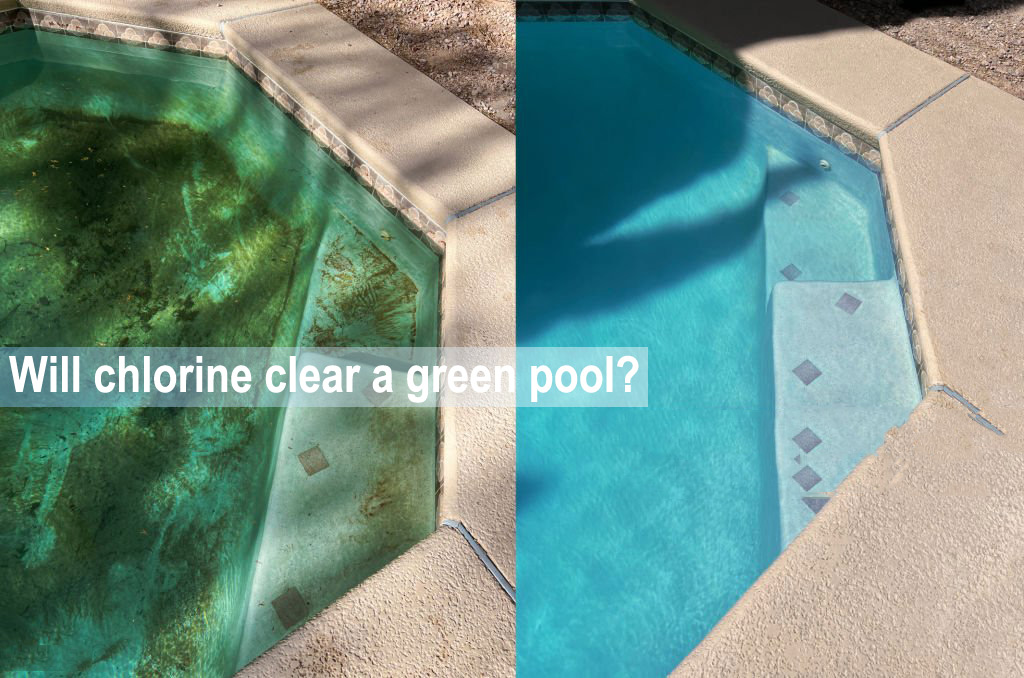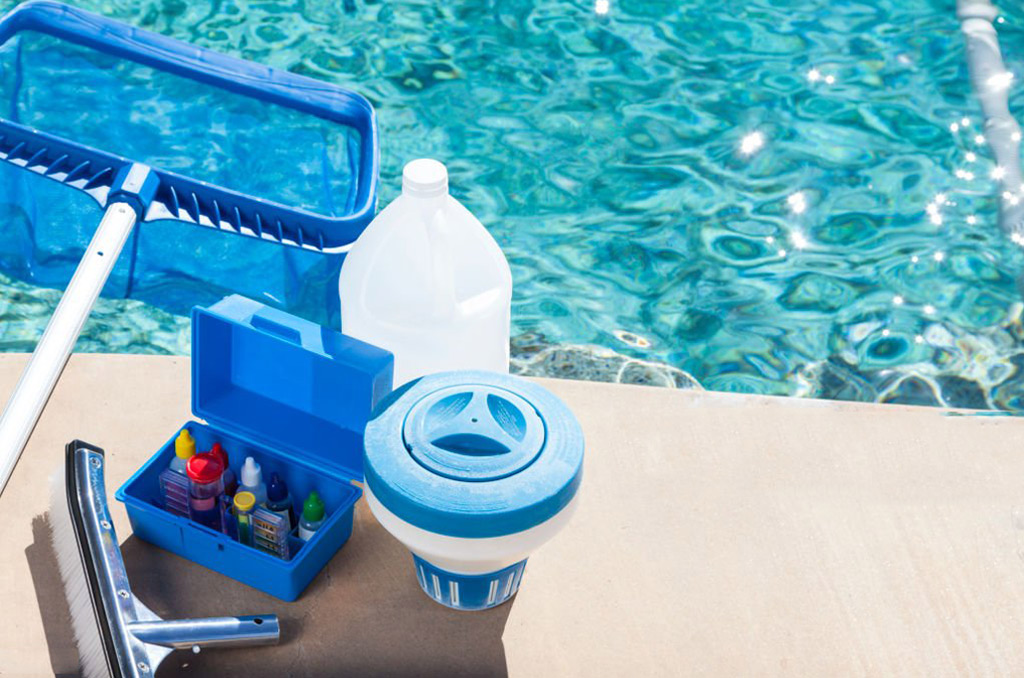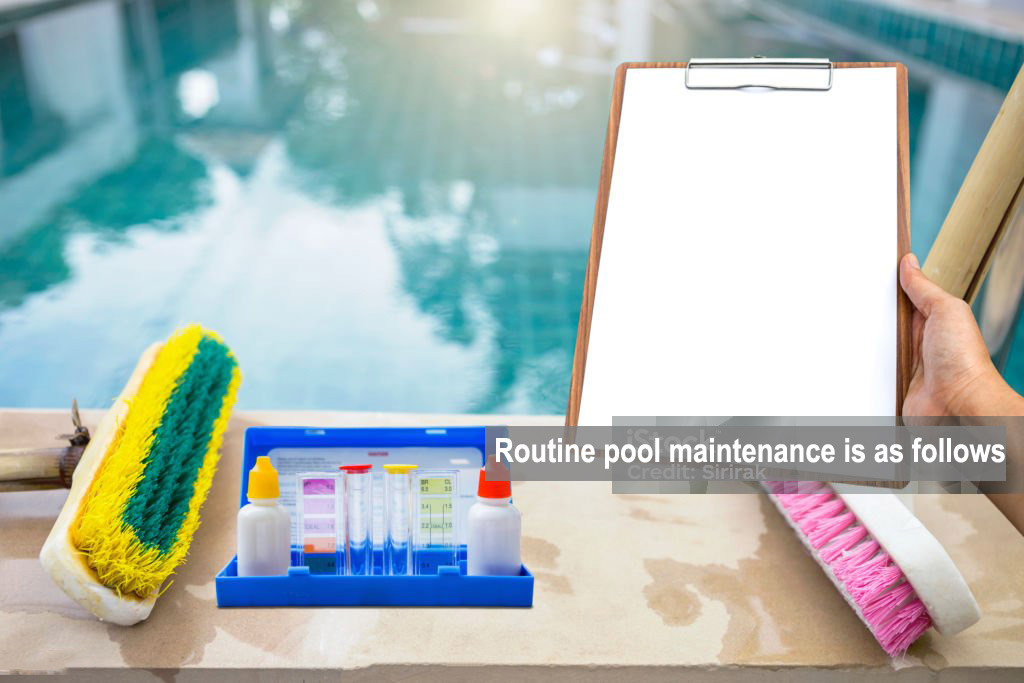ในฐานะผู้ผลิตยาฆ่าเชื้อแบบสระว่ายน้ำมืออาชีพผู้คนมักถามว่า "ทำไมสระว่ายน้ำเปลี่ยนเป็นสีเขียว", "คลอรีนฆ่าเชื้อฆ่าสาหร่ายได้หรือไม่?" คำตอบคือใช่ การเป็นสีเขียวของสระว่ายน้ำเป็นปัญหาที่เจ้าของสระว่ายน้ำจำนวนมากจะพบ ผู้ร้ายของสีเขียวมักจะเป็นสาหร่าย และคลอรีนซึ่งเป็นยาฆ่าเชื้อที่พบมากที่สุดมักจะคาดหวังอย่างมาก
ทำไมสระว่ายน้ำจึงปลูกสาหร่ายและเปลี่ยนเป็นสีเขียว?
ฝนตกหนัก
หากคุณมีสระว่ายน้ำกลางแจ้งและพื้นที่ของคุณมีปริมาณน้ำฝนมากมายเมื่อเร็ว ๆ นี้ นี่อาจเป็นสาเหตุของปัญหาสาหร่ายสีเขียว น้ำฝนที่เพิ่มขึ้นจะเปลี่ยนความสมดุลทางเคมีของน้ำในสระว่ายน้ำ และเมื่อฝนตกมันจะล้างโคลนปุ๋ยแม้กระทั่งสปอร์และสิ่งสกปรกอื่น ๆ จากพื้นดินลงในสระว่ายน้ำกินคลอรีนฟรีทำให้น้ำในสระว่ายน้ำมีความอ่อนไหวต่อการเจริญเติบโตของแบคทีเรียและสาหร่าย
คลื่นความร้อนและแสงแดดที่แข็งแรง
น้ำอุ่นเพิ่มโอกาสในการเจริญเติบโตของสาหร่ายในสระ หากคุณกำลังประสบกับคลื่นความร้อนอย่าลืมจับตาดูสระว่ายน้ำของคุณและทำความสะอาดตามกำหนด
ปัญหาการไหลเวียนของน้ำ
การไหลเวียนเป็นกุญแจสำคัญในการรักษาสระว่ายน้ำของคุณ น้ำนิ่งเปิดโอกาสให้สาหร่ายแบคทีเรียและสารปนเปื้อนอื่น ๆ เพื่อเปลี่ยนสระสีเขียว ทำให้ปั๊มสระว่ายน้ำสะอาดอยู่ในสภาพดีและวิ่งอย่างต่อเนื่องเพื่อให้น้ำไหล
ขาดการบำรุงรักษา: การทำความสะอาดและเคมี
การละเลยสระว่ายน้ำของคุณเป็นสูตรสำหรับภัยพิบัติ ในฐานะเจ้าของสระว่ายน้ำเป็นความรับผิดชอบของคุณที่จะทำให้น้ำสะอาดและปราศจากสาหร่ายผ่านการบำรุงรักษาเป็นประจำ ซึ่งรวมถึงการดูดฝุ่นการแปรงน้ำการทดสอบน้ำและการปรับสมดุลทางเคมี
สาเหตุที่ไม่ใช่อัลเก้: ทองแดงหรือไอออนโลหะอื่น ๆ
อีกเหตุผลหนึ่งที่สระว่ายน้ำของคุณอาจเปลี่ยนเป็นสีเขียวนั้นเกิดจากระดับสูงของทองแดงหรือไอออนโลหะอื่น ๆ
ในน้ำ เป็นเรื่องง่ายสำหรับความสมดุลทางเคมีของสระว่ายน้ำที่จะหยุดชะงักซึ่งนำไปสู่ปัญหาที่เต็มไปด้วยเป่าลม การทดสอบและการปรับสมดุลเป็นประจำสามารถช่วยหลีกเลี่ยงปัญหาเหล่านี้ได้

คลอรีนกำจัดสาหร่ายสีเขียวได้อย่างไร
คลอรีนเป็นสารออกซิแดนท์ที่แข็งแกร่งซึ่งทำลายผนังเซลล์ของสาหร่ายทำให้ไม่สามารถทำกิจกรรมทางสรีรวิทยาตามปกติและในที่สุดก็ทำให้เสียชีวิต นอกจากนี้คลอรีนออกซิไดซ์สารอินทรีย์ในน้ำและลดปริมาณสารอาหารในน้ำซึ่งยับยั้งการเจริญเติบโตของสาหร่าย
จะกำจัดสาหร่ายสีเขียวออกจากสระด้วยคลอรีนได้อย่างไร?
สมดุล pH:
ทดสอบและปรับค่า pH เป็นระหว่าง 7.2 ถึง 7.8
ช็อกสระว่ายน้ำ:
ทำการรักษาด้วยคลอรีนขนาดสูง
เพิ่มสารละลายโซเดียมไดคลอโรไซยาซิยาในปริมาณมากหรือส่วนเกินหลังจากแคลเซียมไฮโปคลอไรต์ถูกละลายและตกตะกอนเพื่อให้ความเข้มข้นของคลอรีนบรรลุความต้องการของการช็อคคลอรีน (โดยปกติ 5-10 เท่าของความเข้มข้นปกติ)
ลบสาหร่ายที่ตายแล้ว:
วัตถุประสงค์: ลบสาหร่ายที่ตายแล้วเพื่อป้องกันไม่ให้เกิดมลพิษรอง
วิธีการ: ใช้เครื่องดูดฝุ่นหรือถุงสุทธิเพื่อกำจัดสาหร่ายที่ตายแล้วออกจากด้านล่างและผนังของสระว่ายน้ำและกรองผ่านระบบการกรอง
ชี้แจงน้ำ:
เพิ่ม clarifier ลงในอนุภาคสาหร่ายที่ตายแล้ว flocclute และทำให้ง่ายต่อการกรอง
ใช้ Algaecide:
เพิ่ม algaecide ที่เหมาะกับประเภทสระว่ายน้ำของคุณ ให้ตัวกรองทำงานอย่างต่อเนื่องเป็นเวลา 24 ชั่วโมง
การบำรุงรักษาสระว่ายน้ำเป็นประจำมีดังนี้:
ใช้ปั๊ม 8-12 ชั่วโมงต่อวัน
ตรวจสอบสองครั้งต่อสัปดาห์และตรวจสอบให้แน่ใจว่าค่า pH อยู่ระหว่าง 7.2-7.8
ตรวจสอบสองครั้งต่อวันและตรวจสอบให้แน่ใจว่ามีความเข้มข้นของคลอรีนฟรีอยู่ระหว่าง 1.0-3.0 mg/L
ตรวจสอบและล้างนักสะสม Skimmer สองครั้งต่อสัปดาห์และกำจัดใบที่ร่วงหล่นแมลงและเศษซากอื่น ๆ จากผิวน้ำ
ทำความสะอาดผนังสระว่ายน้ำหรือซับสัปดาห์ละสองครั้ง
ตรวจสอบหัวกรองสัปดาห์ละครั้งและย้อนกลับ (ถ้าจำเป็น)
ทำการทดสอบคุณภาพน้ำที่ครอบคลุมหนึ่งครั้งต่อเดือน (ตรวจสอบให้แน่ใจว่าได้ตรวจสอบความเป็นด่างความแข็งและความเข้มข้นของความเข้มข้นทั้งหมด)
ทำความสะอาดตัวกรองหนึ่งครั้งต่อสามเดือนและใช้เครื่องย่อยสลายเพื่อกำจัดคราบน้ำมันในตัวกรอง
คลอรีนเป็นวิธีที่มีประสิทธิภาพในการกำจัดสระสีเขียว แต่ต้องพิจารณาปัจจัยต่าง ๆ เช่นความเข้มข้นของคลอรีนค่า pH ปริมาณสารอินทรีย์ ฯลฯ เป็นการดีที่สุดที่จะปรึกษามืออาชีพก่อนที่จะแสดงคลอรีนช็อก นอกจากนี้การป้องกันการเจริญเติบโตของสาหร่ายมีความสำคัญมากกว่าการกำจัดสาหร่าย ด้วยการบำรุงรักษาที่ดีคุณภาพน้ำของสระว่ายน้ำสามารถรักษาได้อย่างชัดเจนและโปร่งใส
คำเตือน:
เมื่อใช้คลอรีนให้ทำตามคำแนะนำในคู่มือผลิตภัณฑ์เสมอ
คลอรีนระคายเคืองดังนั้นสวมถุงมือและแว่นตาป้องกันเมื่อจัดการ
หากคุณไม่คุ้นเคยกับการบำบัดน้ำในสระว่ายน้ำขอแนะนำให้ขอความช่วยเหลือจากมืออาชีพ
เวลาโพสต์: ต.ค. 18-2024



